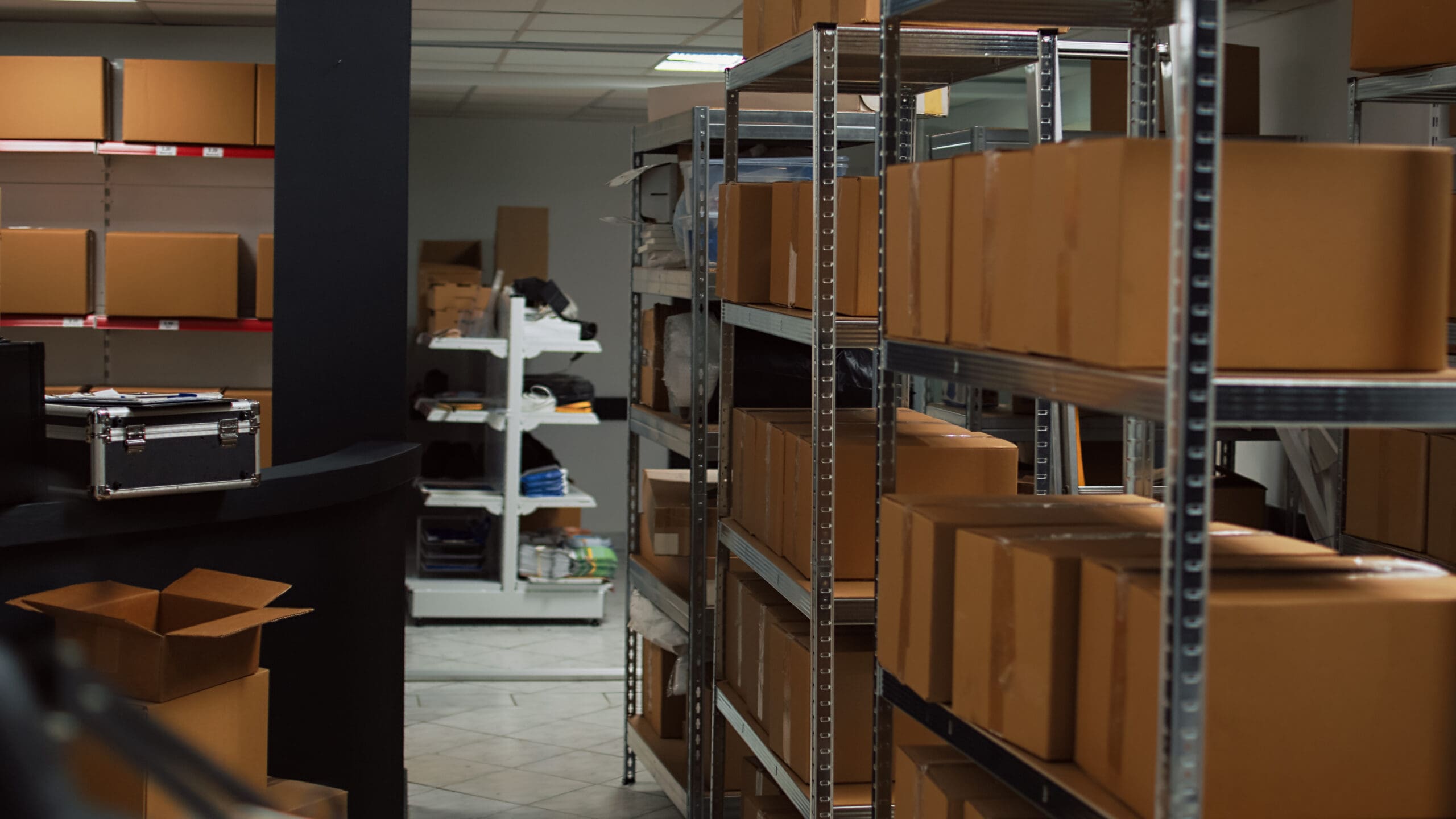Properly managing your inventory is crucial to ensure customer success and stable profitability. After all, inventory is the most essential part of any product-oriented business. As part of a company’s current assets, products in your inventory can also be used as collateral whenever your business needs a quick injection of cash. If your business posts strong sales but you keep having difficulty securing enough capital to meet your growth needs, then an inventory financing loan might be the most reasonable funding option for you. But what exactly is inventory financing?
What is inventory financing?
An inventory financing loan enables businesses to purchase inventory and keep shelves stocked. Often, a small business that applies for an inventory financing loan needs a short-term or medium-term cash flow solution to ensure they meet consumer demand and capitalize on growth opportunities.
Inventory funding is flexible and uses the inventory you purchased as collateral in case you become unable to repay your loan. For example, a car dealership may apply for inventory financing to purchase more cars to sell. In the event that the dealership defaults on its loan, the lender is protected by the collateral and can seize the purchased cars to recoup loan losses.
What are the different types of inventory financing?
Historically, business owners could choose between two types of inventory financing: an inventory loan and an inventory line of credit. While both types of inventory financing options use a business’ inventory as collateral, they can be used in different ways.
What is an inventory loan?
Inventory loans are short-term loans businesses can use to purchase needed inventory (due to stockouts or adding a new distribution partner, for example). An inventory loan is provided in the form of an up-front payment that business owners later pay back based on the conditions provided by the lender — much like many types of common loans. This type of inventory financing loan is well suited for product-based small businesses.
What are the pros and cons of an inventory loan?
Here are some of the advantages and disadvantages of an inventory loan.
Pros of an inventory loan
- Comes in the form of a lump sum
- Paid back in monthly installments
- Interest rates are often fixed
- Funding arrives quickly once you have been approved
Cons of an inventory loan
- The process for acquiring inventory financing can be expensive
- May carry higher interest rates compared to other forms of small business funding
- Often a higher minimum loan amount (can be a con for some and a pro for other businesses struggling to find higher funding)
- Review and approval can take several weeks to allow proper due diligence
- Purchased inventory is used as collateral
Does an inventory loan make sense for your business?
Businesses that are growing and experiencing an increase in demand should consider an inventory loan as an accessible financing solution to their funding needs. As businesses grow, their inventory orders become larger and they develop new costs; inventory funding can help ensure a business is able to both order sufficient inventory to meet trajectory and invest across other areas as needed with growth. As mentioned above, inventory loans may not be the lowest-cost financing option due to how banks price risks on these loans,but they may feature higher funding limits that help produce inventory at levels other loans cannot Unless your product features very thin margins, an inventory loan, even if it has slightly higher costs, may be the fastest route to profitably increasing revenue, especially with an in-demand product or highly seasonal sales cycles. One thing to remember is that an inventory loan is a one-time lump sum payment and if you need another loan, you would have to go through the application process again.
What is an inventory line of credit?
An inventory line of credit is another form of short-term loan often used by businesses to buy the inventory they need when they need it. Like other lines of credit, businesses can access the credit line and only pay interest on the amount borrowed and not the total amount available.
What are the pros and cons of an inventory line of credit?
Here are some of the advantages and disadvantages of an inventory line of credit.
Pros of an inventory line of credit
- You only pay interest on the total amount borrowed, not the total amount available
- Predictable monthly costs
- More flexible compared to an inventory loan
- Can be accessed repeatedly as long as you pay back the amount you borrow
- Once everything has been finalized, funding can be accessed as soon as possible
Cons of an inventory line of credit
- Late fees may prove to be costly, as with most financing
- Purchased inventory is used as collateral
- Like an inventory lump sum loan, a line of credit’s due diligence process may be expensive and may take a long time
Does an inventory line of credit make sense for your business?
An inventory line of credit allows you to stock up on inventory in anticipation of busy seasons, or to purchase more inventory than cash on hand allows, or frees up your existing capital to spend elsewhere on the business. What sets an inventory line of credit apart from an inventory loan is that you can access your line of credit, repay what you borrowed, and then access again as needed. This type of inventory financing is perfect for businesses that need a reliable source of capital for their cash flow needs.
How can I apply for an inventory financing loan?
In order to secure an inventory loan, a business must often meet the following criteria, though keep in mind that all lenders differ and these represent some known criteria:
- Must be at least one year in business or meet a revenue threshold
- Must be a product-based business with a reliable inventory management system
- Must be able to provide detailed and accurate financial statements
- Must be able to illustrate the business is profitable
- Must be able to provide credit history and scores
What is the difference between an inventory loan and an inventory line of credit?
The main difference between an inventory loan and an inventory line of credit is their accessibility after initial distribution from a lender. An inventory line of credit can be accessed again and again as long as you are paying back the amount you have borrowed. However, an inventory loan is a type of term loan with a one-time payment.
Alternatives to inventory financing
There’s another form of inventory funding that borrows from the strengths of an inventory loan while improving overall terms, adding customized payment timelines, lowered costs and a streamlined application. Kickfurther inventory funding features no up-front costs, no application fees and no initial inventory inspection. Kickfurther funds your inventory purchase and you pay back later as inventory begins to sell — not immediately as with other loan types. You can fund $20,000 – $5,000,000 in inventory in just days at costs beginning around 1% monthly and 30% lower than competing products.
Key Takeaway
Be sure to review multiple funding options. Some options may appear inexpensive in the short term but carry higher fees later or feature lower overall funding. Other options can provide the fastest funding, but that comes at a cost. Compare the scenarios and review how each fits the cash flow you expect as you don’t want to be saddled with high payments before revenue from new product arrives, for example. For experienced assistance comparing or stacking multiple funding options, contact Kickfurther today for help understanding all your options.









